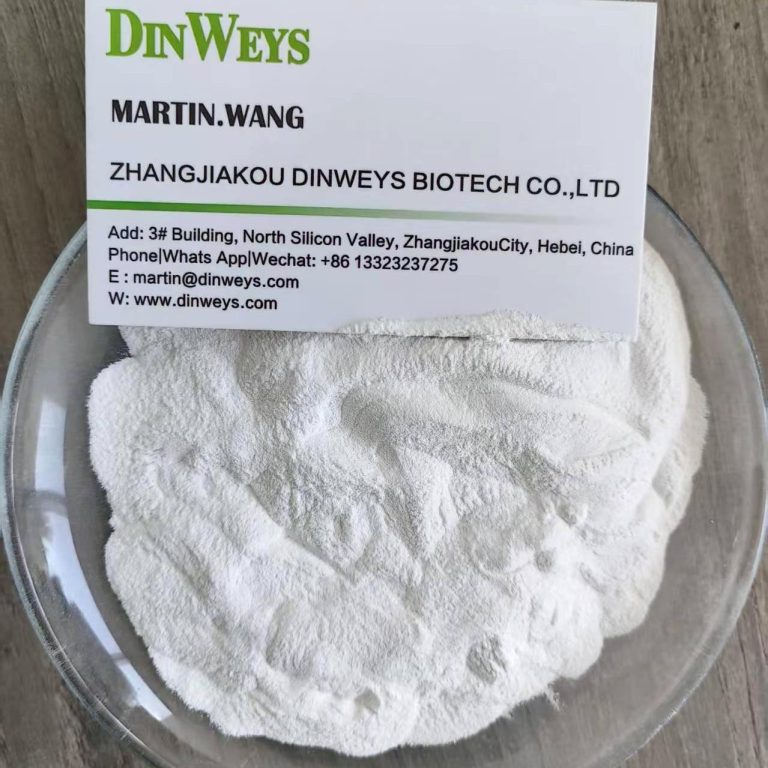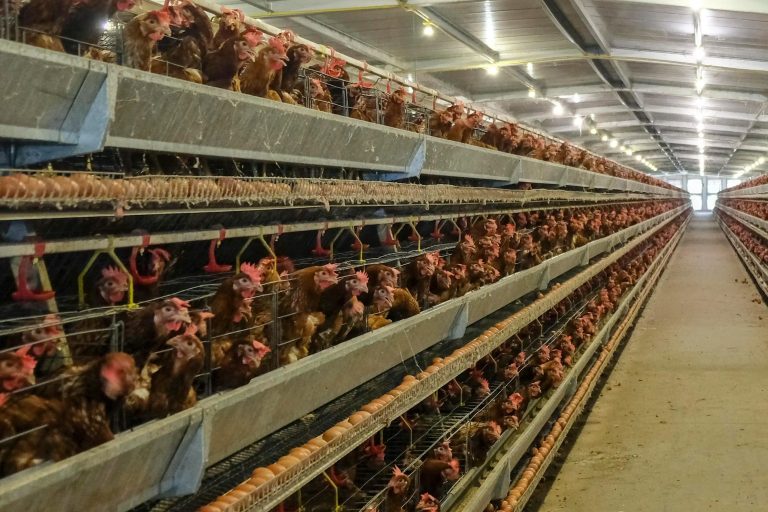1. What Are Phytogenic Feed Additives?
Definition
Phytogenic feed additives (PFAs), also called phytobiotics or botanicals, are natural bioactive compounds derived from plants—such as herbs, spices, extracts, and essential oils—used in animal nutrition to improve feed efficiency, animal performance, and product quality (Hashemi & Davoodi, 2011; Gruber et al., 2025).
Main Constituents include:
Secondary plant metabolites: alkaloids, flavonoids, saponins, tannins, phenolic compounds.
Essential oils: thymol, carvacrol, cinnamaldehyde.
Other derivatives: glycosides, terpenoids, steroids.
Forms of PFAs:
Whole plants or plant parts (roots, leaves, seeds, fruits).
Extracts and essential oils in liquid or powder form.
2. Do Choline Chloride and Vitamins Belong to PFAs?
| Compound | Category | Source Characteristics | Why Not PFAs |
|---|---|---|---|
| Choline chloride | Nutritional additive (vitamin-like) | Often synthetically produced; also present in plants | Classified as a vitamin-like nutrient, not as a plant bioactive compound |
| Vitamins (A, D, E, K, B-complex, etc.) | Nutritional additives (vitamins) | Occur in plants and animals; supplied mainly as synthetic forms in feed | Their role is nutrient supplementation, not plant-derived functional activity |
👉 Although choline and vitamins can be extracted from plants, they are classified as nutritional additives, focusing on providing essential nutrients. PFAs, on the other hand, emphasize functional properties (antimicrobial, antioxidant, gut health), not just nutrition.
3. Main Categories of Feed Additives
According to EU Regulation EC 1831/2003 and major scientific reviews, feed additives fall into these categories:
Nutritional additives: vitamins, amino acids, minerals, choline, fatty acids.
Technological additives: preservatives, antioxidants, enzymes, emulsifiers, anti-caking agents, carriers.
Sensory additives: flavors, sweeteners, colorants, pigments.
Zootechnical additives: probiotics, prebiotics, yeast products, organic acids, phytogenic additives.
4. Characteristics of Phytogenic Feed Additives
Natural origin and safety: generally safe with low residue concerns.
Multiple bioactive functions: antibacterial, antioxidant, anti-inflammatory, immunomodulatory.
Diverse forms: whole herbs, powders, essential oils, standardized plant extracts.
Variability: composition influenced by plant species, harvest season, and processing, which may cause inconsistent efficacy.
5. Functional Roles of PFAs
PFAs provide a wide range of benefits:
Growth promotion: improve feed conversion ratio (FCR) and weight gain.
Gut health: support beneficial microbiota, inhibit pathogens, and enhance intestinal structure.
Antioxidant and anti-stress effects: reduce oxidative damage and stress-related losses.
Antibiotic alternative: act as natural replacements for antibiotic growth promoters (AGPs).
Environmental benefits: in ruminants, regulate rumen fermentation and reduce methane emissions.
6. Proportion and Functions of Feed Additives in Animal Diets
(a) Approximate proportions of different additive categories in feed formulas
| Additive Category | Typical Use in Feeds | Inclusion (within premix) | Main Functions |
|---|---|---|---|
| Nutritional (Vitamins, AA, Minerals, Choline) | All livestock and aquaculture | 5–15% | Essential nutrient supply |
| Technological additives | All species | <5% | Shelf-life extension, digestion support |
| Sensory additives | Poultry, swine (eggs, meat, fish) | <1% | Improve palatability, color, flavor |
| Zootechnical additives (Probiotics, PFAs, enzymes) | Poultry, swine, ruminants, fish | 1–5% | Gut health, performance enhancement |
* Percentages indicate share within the additive premix portion of feed, not total feed mass.
(b) Species-specific emphasis
Poultry (broilers and layers): PFAs, probiotics, and enzymes for gut health and growth; pigments for egg yolk and skin coloration.
Swine (especially piglets): nutritional additives (amino acids, vitamins) for growth; PFAs, prebiotics, and acidifiers to improve gut health and reduce antibiotic use.
Ruminants (cattle, sheep, goats): PFAs to modulate rumen fermentation, improve feed efficiency, and reduce methane emissions.
Aquaculture: PFAs for immune modulation, growth promotion, and palatability; vitamins and minerals to meet essential requirements.
7. Feed Additives Classification
| Main Category | Sub-category | Examples | Description |
|---|---|---|---|
| Nutritional Additives | Vitamins | Vit A, D, E, K, B1, B2, B6, B12, Niacin, Biotin, Folic acid, Choline chloride | Supply essential vitamins and vitamin-like substances for growth and metabolism |
| Amino Acids | Lysine, Methionine, Threonine, Tryptophan | Provide essential amino acids, improve protein synthesis | |
| Minerals | Ca, P, Na, Cl, Mg, Fe, Cu, Zn, Se | Supply macro- and micro-minerals | |
| Technological Additives | Preservatives | Propionic acid, Formic acid | Extend feed shelf life |
| Antioxidants | Ethoxyquin, BHA, BHT, Vit E | Prevent oxidative rancidity of fats | |
| Enzymes | Phytase, Xylanase, Amylase | Improve nutrient digestibility | |
| Emulsifiers | Lecithin | Enhance fat digestion and absorption | |
| Anti-caking / Carriers | Silica, Clay | Maintain free-flowing properties of feed | |
| Sensory Additives | Pigments | Lutein, Capsanthin, Canthaxanthin | Improve pigmentation of egg yolk, skin, meat |
| Flavourings | Vanillin, Anethole | Enhance feed palatability | |
| Zootechnical Additives | Probiotics | Lactobacillus, Bacillus | Support healthy gut microbiota |
| Prebiotics | MOS, FOS, Inulin | Stimulate growth of beneficial bacteria | |
| Yeast Products | Yeast culture, β-glucan, MOS | Enhance immunity and performance | |
| Digestive Enzymes | Protease, Lipase | Improve digestion and nutrient utilization | |
| Acidifiers | Citric acid, Lactic acid | Lower gut pH, inhibit pathogens | |
| Phytogenic Feed Additives (PFAs) | Essential Oils | Thymol, Carvacrol, Cinnamaldehyde | Antimicrobial, anti-inflammatory, gut health |
| Herbs & Spices | Oregano, Garlic, Ginger, Rosemary | Improve palatability, stimulate digestion | |
| Plant Extracts | Flavonoids, Polyphenols, Saponins, Tannins | Antioxidant, anti-stress, immunomodulation | |
| Resins & Bitters | Quinine, Alkaloids | Stimulate digestive secretions |
7. References
Hashemi, S. R., & Davoodi, H. (2011). Phytogenic feed additives: A review. Journal of Animal and Veterinary Advances, 10(25), 3514–3523. Retrieved from https://pmc.ncbi.nlm.nih.gov/articles/PMC11127233/
Gruber, C., Ocelova, V., Kesselring, J. C., & Wein, S. (2025). Phytogenic feed additives as a sustainable alternative to antibiotics: Enhancing growth and disease resistance in Nile tilapia (Oreochromis niloticus). Animals, 15(3), 380. https://doi.org/10.3390/ani15030380
Windisch, W., et al. (2008). Plant-derived feed additives—Known as phytogenics—comprising herbs, spices, essential oils, and plant extracts. World’s Poultry Science Journal, 64(3), 278–285.
Frontiers in Veterinary Science (2021). The use of phytogenic feed additives to enhance performance and health. Retrieved from https://www.frontiersin.org/articles/10.3389/fvets.2021.685262/full
Wikipedia contributors. (2025). Phytogenics. Wikipedia. Retrieved from https://en.wikipedia.org/wiki/Phytogenics





